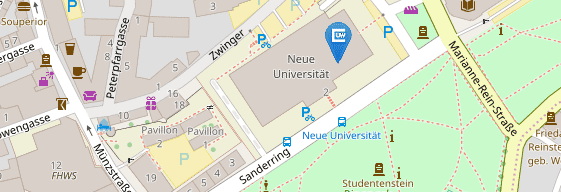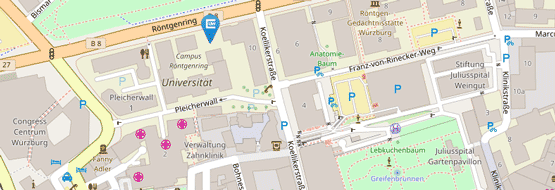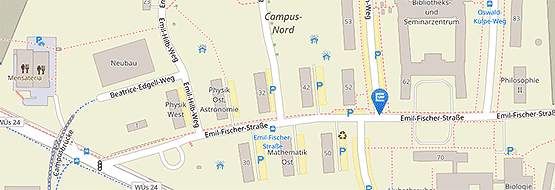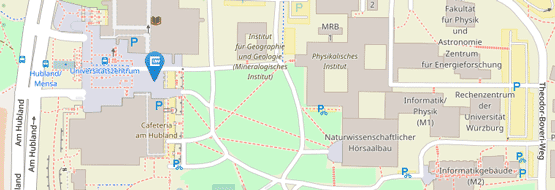Neuropathies: How Chronic Nerve Pain Develops
11/25/2025The European Union is funding a new research consortium investigating neuropathic pain with 1.5 million euros. A team from the University Hospital of Neurology in Würzburg is part of it.

In Europe, almost 40 million adults are affected by chronic nerve pain. This so-called neuropathic pain usually feels burning and electrifying and is almost unbearable for many sufferers. Ordinary painkillers do not help and drugs such as ion channel blockers or antidepressants are usually ineffective.
What is the underlying cause of nerve pain in neuropathies? And why do some patients suffer from pain with the same cause, while others remain pain-free?
The European consortium DECIPHER, in which Professor Nurcan Üçeyler 's working group at the University Hospital of Würzburg (UKW) is involved, is looking into these questions. The European Union is funding the consortium with around 1.5 million euros.
For the Würzburg professor's team, this is the perfect opportunity to continue its research in a powerful network. Nurcan Üçeyler, neurologist and senior consultant at the Neurological Clinic and Polyclinic of the UKW, has been working on neuropathies and the development of neuropathic pain since the beginning of her scientific career. "The project of our new consortium DECIPHER is the logical next step in my work," she says.
Researchers are Focussing on Special Connective Tissue Cells
The research centres on so-called stromal CD90⁺ cells, a specific type of connective tissue cell that becomes active in the body, particularly in the event of injury. They play an important role in pain caused by damaged nerves:
- Stromal CD90⁺ cells, for example, are involved in the formation of scar tissue around the injured nerve. This can lead to the nerve remaining permanently irritated.
- Following nerve damage, these cells can also release inflammatory substances that make the nerves more sensitive.
"In our consortium, we are focussing on these released pain-triggering substances that may cause or maintain neuropathic pain in neuropathies," explains Nurcan Üçeyler.
Patients are Involved
What does the Würzburg contribution to the consortium look like? Nurcan Üçeyler's working group brings in study patients and provides comprehensive characterisations of the clinical picture as well as the patients' own biomaterial. This forms the basis for the project.
At the same time, a basic science team is developing the patient's own stem cell-based nerve cell cultures. These are analysed microscopically, electrophysiologically and molecularly. The cell models and methods will be made available to all partners in the consortium for joint research.
The involvement of patients is very important to the consortium. DECIPHER is supported by the self-help organisation SchmerzLOS e. V., among others. The organisation was already involved in the project planning. It will be active in an advisory capacity throughout the entire duration of the project in order to keep the perspective and needs of patients in focus.
The Members of the Consortium
In addition to Professor Nurcan Üçeyler , the members of the "Deciphering the role of CD90+ stromal cells in neuropathic pain" consortium are
- Head: Professor Franziska Denk, Wolfson Sensory, Pain and Regeneration Centre (SPaRC), School of Neuroscience, King's College London, UK
- Dr Mateusz Kucharczyk, Łukasiewicz Research Network - PORT, Polish Center for Technology Development, Cancer Neurophysiology Group, Wrocław, Poland
- Professor Caroline Ospelt, Centre for Experimental Rheumatology, University Hospital Zurich, Switzerland
- Professor Fatma Yeşim Parman, Neurology Clinic, Istanbul University, Turkey






